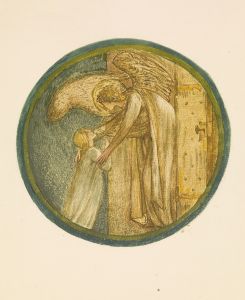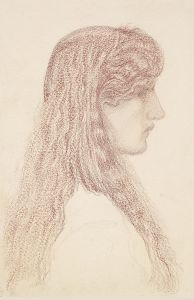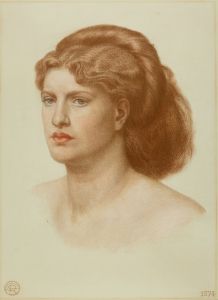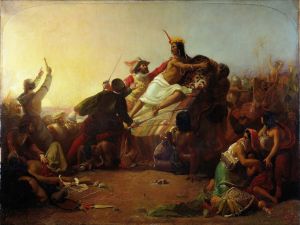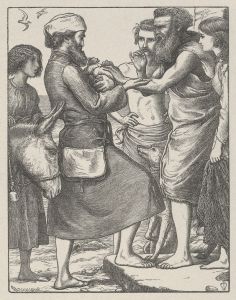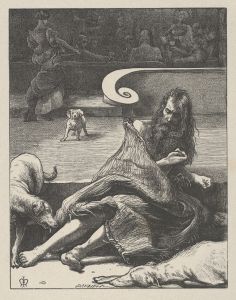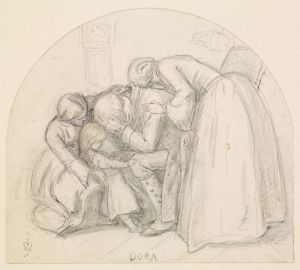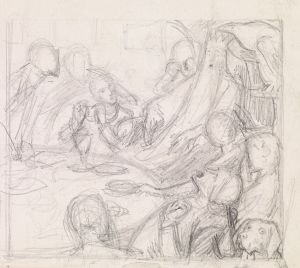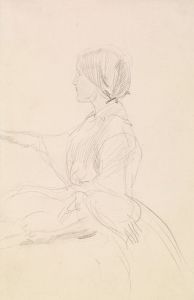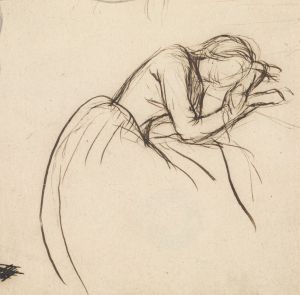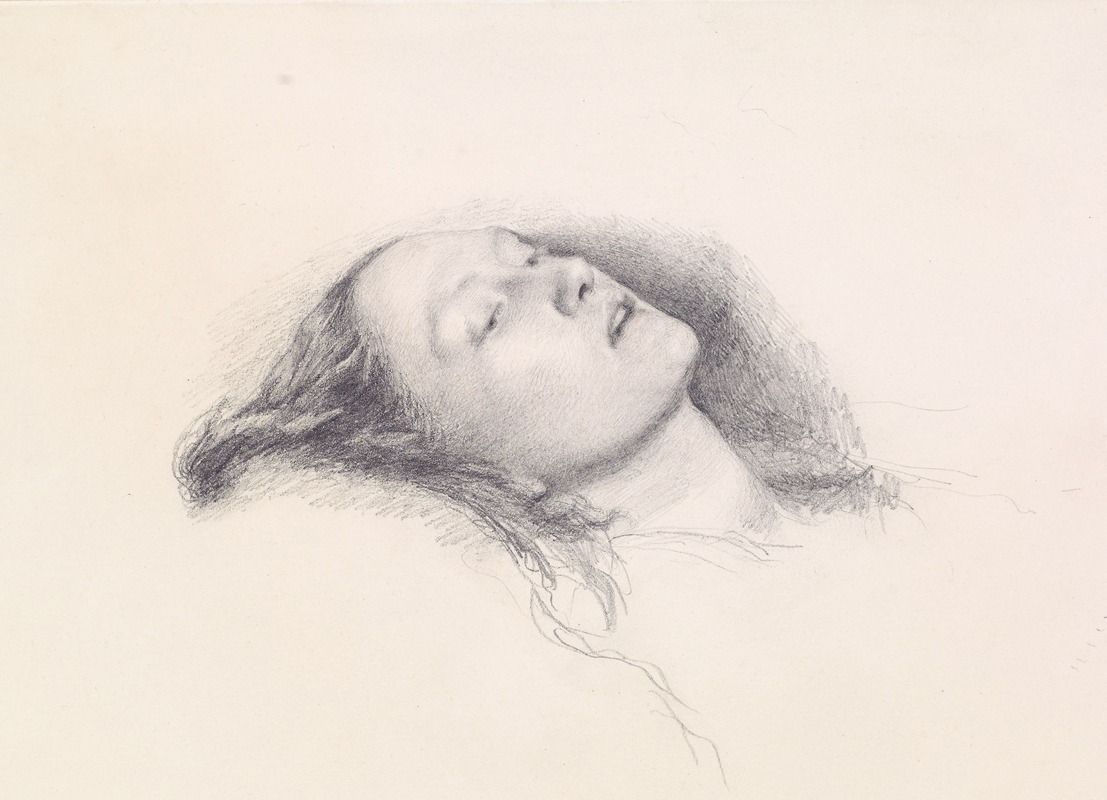
Ophelia – Head Study
A hand-painted replica of Sir John Everett Millais’s masterpiece Ophelia – Head Study, meticulously crafted by professional artists to capture the true essence of the original. Each piece is created with museum-quality canvas and rare mineral pigments, carefully painted by experienced artists with delicate brushstrokes and rich, layered colors to perfectly recreate the texture of the original artwork. Unlike machine-printed reproductions, this hand-painted version brings the painting to life, infused with the artist’s emotions and skill in every stroke. Whether for personal collection or home decoration, it instantly elevates the artistic atmosphere of any space.
"Ophelia – Head Study" is a preparatory work by the renowned British artist Sir John Everett Millais, a prominent figure in the Pre-Raphaelite Brotherhood. This study is part of the preliminary work for his famous painting "Ophelia," completed between 1851 and 1852, which is housed in the Tate Britain gallery in London. The study focuses on the head of Ophelia, a character from William Shakespeare's play "Hamlet," capturing her delicate features and ethereal expression.
Millais was known for his meticulous attention to detail and his commitment to realism, which is evident in this head study. The Pre-Raphaelite Brotherhood, founded in 1848 by Millais, Dante Gabriel Rossetti, and William Holman Hunt, sought to return to the abundant detail, intense colors, and complex compositions of Quattrocento Italian art. They rejected the mechanistic approach that had come to dominate the academic art of their time, advocating instead for a return to the abundant detail, intense colors, and complex compositions of Quattrocento Italian art.
In "Ophelia – Head Study," Millais demonstrates his skill in capturing the subtleties of human expression and emotion. The study likely served as a reference for the final painting, where Ophelia is depicted floating in a river, surrounded by flowers, moments before her tragic death. This scene is one of the most iconic representations of Ophelia, and Millais's work is celebrated for its beauty and emotional depth.
The model for Ophelia in the final painting was Elizabeth Siddal, who was a muse and model for many Pre-Raphaelite artists. Siddal posed for Millais in a bathtub to simulate the floating effect, which was a testament to the lengths Millais would go to achieve realism in his work. The head study, while not as widely known as the completed painting, is an important piece that showcases Millais's process and dedication to his craft.
Millais's "Ophelia" and its preparatory studies are significant not only for their artistic merit but also for their contribution to the Pre-Raphaelite movement. The movement had a lasting impact on the art world, influencing subsequent generations of artists with its emphasis on naturalism and attention to detail. Millais himself went on to have a successful career, eventually being elected as the President of the Royal Academy.
"Ophelia – Head Study" remains an important work for understanding Millais's artistic process and the development of one of his most famous paintings. It highlights the artist's ability to convey complex emotions through portraiture and serves as a testament to the enduring legacy of the Pre-Raphaelite Brotherhood in the history of art.





